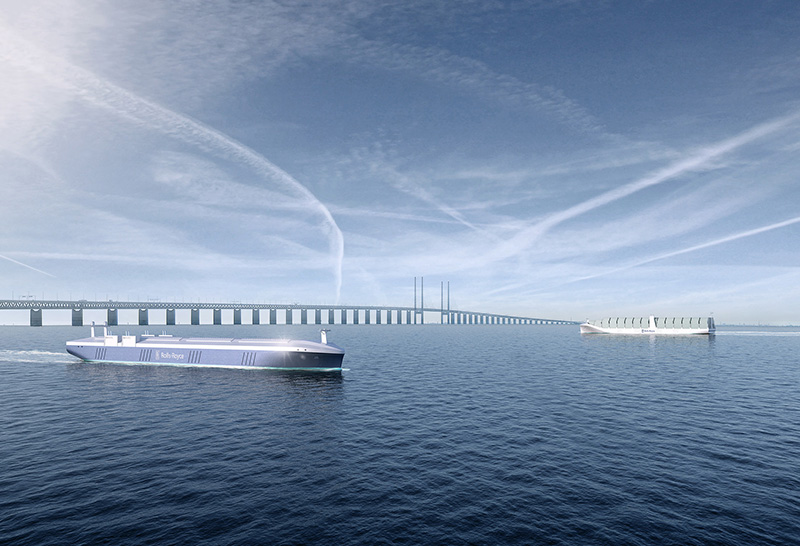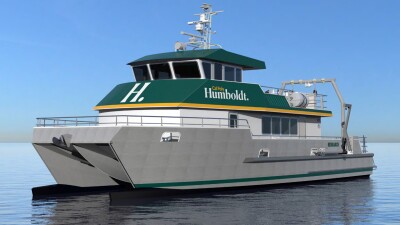In Ray Bradbury’s "The Martian Chronicles," it is the year 2026, and a fully automated, autonomous house functions through its daily routines even though its inhabitants have perished.
Bradbury’s future is here. Companies and consortiums, including Rolls-Royce and the Maritime Unmanned Navigation through Intelligence in Networks (MUNIN) project, are actively studying remote-controlled, fully automated, autonomous vessels. In this new world, the wheelhouse or bridge of a vessel consists of a computer screen showing vital statistics, radar and video. There is no master standing watch. (An autonomous ship, according to MUNIN, is defined as a vessel primarily guided by automated onboard decision systems but controlled by a remote operator in a shore side control station. MUNIN is a European collaboration charged to develop and verify a technically safe and economically feasible concept for autonomous ships.)
Autonomous shipping advocates see cost reductions, reduced emissions, fewer accidents, and increased cargo capacity. Because systems need to be tested and approved, the transition from current practices will likely be slow. Initial voyages will be on open waters, for long distances, and at slow speeds. Laws and business practices will need to adapt in kind.
In 2014, scientists at the Korea Advanced Institute of Science and Technology (KAIST) presented to the U.S. Navy vessels capable of navigation using sensor information. An August 2016 article in The Wall Street Journal, “Ship Operators Explore Autonomous Sailing,” predicted that such ships would be plying the high seas by the mid-2030s.
These vessels blend the features of remote-controlled ships (for which the task of operating the ship is performed by a shore-based, fully licensed master mariner) and automated ships (for which advanced decision support systems onboard the vessel undertake all the operational decisions, independent of a human operator).
MUNIN’s work is limited to the operation of unmanned vessels on long-haul bluewater voyages. Systems and sensors handle lookout duties by monitoring existing radar systems and AIS, follow a pre-plotted voyage plan, detect deficiencies and functions, and allow shoreside human support systems to take over direct remote control of the vessel in certain situations, such as approaches to ports. An autonomous ship testing area in Norway coordinates and consolidates this research.
Technology has advanced, but automated shipping laws and regulations are in their infancy. Current safety regulations require a licensed, experienced master at the bridge familiar with existing technology and able to assess the vessel’s immediate situation and approaching navigational hazards.
Efforts to adapt regulations to technology include SOLAS, Ch. 11-1, which was implemented in 1974 and covered the use of automated, unattended machines on ships, and Britain’s Marine Autonomous Systems Regulatory Working Group created in 2014. That same year, Eric Van Hooydonk of the University of Ghent in Antwerp wrote “The Law of Unmanned Merchant Shipping – An Exploration,” which said that maritime law will account for technological change as it always has — to facilitate trade.
In Bradbury’s future, ship owners will continue to be responsible for ensuring the safety of vessels, cargo, and all other parties who have the right to navigate the seas.





